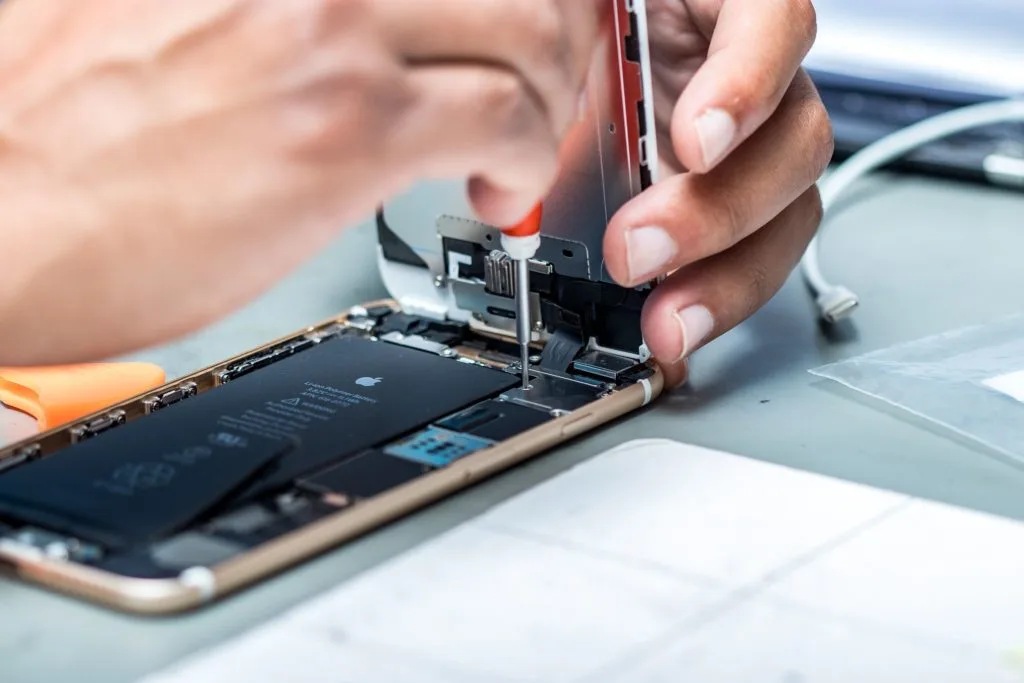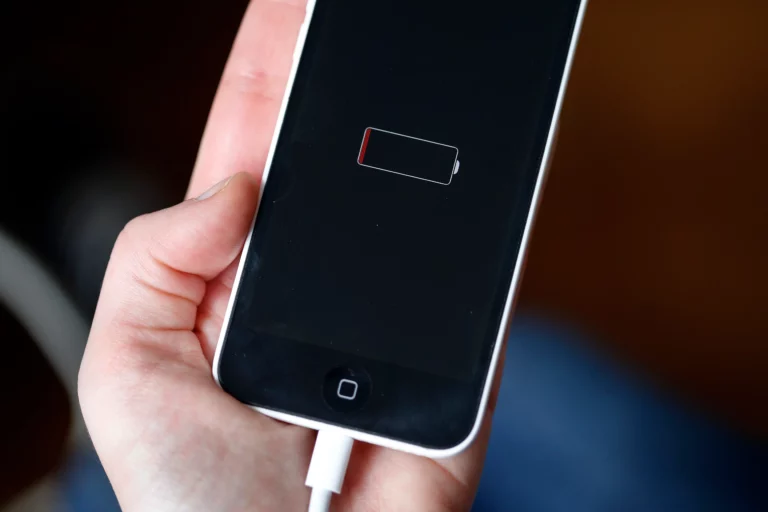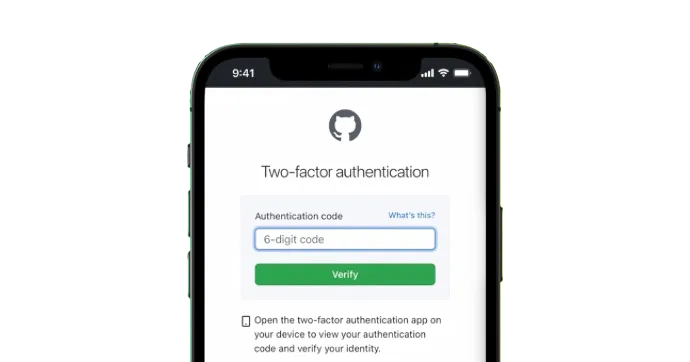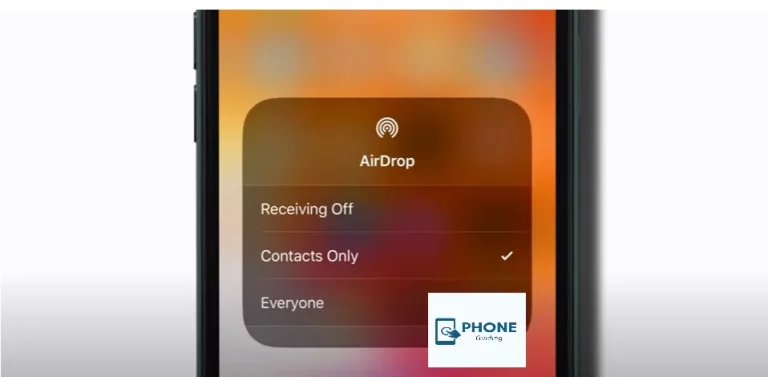What Are Common Logic Board Failures in iPhones, and How Do Technicians Diagnose and Repair Them?
The logic board is essentially the brain of your iPhone—every operation from charging to calling and even Face ID is controlled by it. When it fails, your iPhone may seem “dead,” glitchy, or act unpredictably. Suppose you’re wondering about common logic board failures in iPhones and how technicians diagnose and repair them. In that case, this guide will walk you through everything, from symptoms and causes to expert-level repair solutions.
Whether you’re an iPhone user, a DIY tech enthusiast, or someone looking for professional repair options, understanding logic board issues can save you time, money, and frustration.
Table of Contents
What Is an iPhone Logic Board?
The logic board (also known as the motherboard or mainboard) is a compact yet complex circuit board that houses essential components like:
- The CPU (central processing unit)
- RAM
- Storage chips
- Power management ICs
- Baseband chips for cellular connectivity
Think of it as the command center. When it fails, multiple systems in your iPhone stop working—sometimes all at once.
Common Signs of Logic Board Failures in iPhones
Knowing how to spot early warning signs can help you catch logic board problems before they lead to total failure. Here are the most common symptoms:
1. iPhone Not Powering On
If your device doesn’t turn on despite having a good battery and charging cable, the issue may lie within the board’s power IC or trace damage.
2. Touchscreen Unresponsive
A partially working touchscreen, especially after a screen replacement, often indicates a damaged connector on the board.
3. No Backlight or Display
The phone powers on (you may hear sounds or vibration), but nothing shows on the screen. This could be a failure in the backlight circuit or the display IC.
4. No Cellular Signal or Wi-Fi
Problems with network chips or solder connections can disrupt cellular or wireless connectivity, even with functioning SIM cards or modems.
5. Boot Loop or Stuck on Apple Logo
A corrupted NAND (storage) chip or baseband issue can cause the device to restart endlessly or freeze during startup.
What Causes Logic Board Failures?
Logic board problems aren’t always your fault. Still, knowing what causes them can help prevent damage in the future:
1. Water or Liquid Damage
Even tiny moisture exposure can short out key components, even if the phone looks fine externally.
2. Physical Impact
A hard drop can dislodge chips or crack solder joints on the logic board.
3. Overheating
Long-term heat buildup can degrade components, especially the CPU, power ICs, or charging circuits.
4. Faulty Repairs or Third-Party Components
Improper handling during screen replacements, battery swaps, or the use of low-quality parts can damage the board.
How Technicians Diagnose and Repair Logic Board Failures
Let’s break down how professional repair technicians approach logic board issues using advanced tools and skills.
Step 1: Initial Diagnosis
Technicians start with a visual inspection and test for:
- Burn marks or corrosion (from water)
- Broken or missing components
- Voltage readings using a multimeter or power supply
- Short circuits using thermal cameras or freeze spray
Step 2: Component-Level Testing
Using board schematics and measurement tools, technicians isolate faulty circuits. They often check:
- PMIC (Power Management IC)
- Charging IC (Tristar or Hydra chip)
- NAND (flash memory)
- Audio, touch, or Wi-Fi chips
- Backlight circuit
Step 3: Microsoldering Repairs
This is where expert skills come in. Under a microscope, the technician might:
- Reball or reflow IC chips using hot air stations
- Replace tiny capacitors, resistors, or ICs
- Reconnect broken traces using jumper wires
- Use donor boards to test or swap compatible components
Step 4: Testing & Reassembly
Once repaired, the iPhone is tested multiple times to ensure full functionality before it’s returned to the user.
Logic Board Repair vs Replacement: Which Is Better?
| Option | Pros | Cons |
|---|---|---|
| Repair | Cost-effective, retains original data | Time-consuming, not always guaranteed |
| Replacement | Fast and reliable if sourced new | Data loss (unless paired with old NAND), expensive |
In many cases, a skilled repair saves the device and your data. However, if the board is completely dead or beyond repair, replacement is the last resort.
Devices Most Affected by Logic Board Issues
Some iPhone models are known to experience board failures more frequently:
- iPhone 7 / 7 Plus: Audio IC issues (“loop disease”)
- iPhone X: Face ID and Touch issues due to flex cable damage
- iPhone 6 / 6 Plus: Touch IC failure (“touch disease”)
- iPhone 11 Pro: Charging IC and overheating problems
Can You Fix Logic Board Failures at Home?
For fundamental issues like moisture exposure, cleaning with 99% isopropyl alcohol may help. However, logic board repairs often require microsoldering and specialized diagnostic tools that are not readily available to most users.
DIY risk: Attempting to repair a logic board without proper training can cause permanent damage or data loss.
How Do Technicians Diagnose and Repair iPhone Logic Boards?
Technicians diagnose iPhone logic board failures by inspecting for damage, checking voltages, and isolating faulty circuits. They repair issues using microsoldering, chip replacement, and testing to restore full functionality.
FAQ: iPhone Logic Board Repair
What are the symptoms of a dead iPhone logic board?
No power
No display or backlight
Touchscreen unresponsive
No charging response
Can water damage be fixed on an iPhone logic board?
Yes, if corrosion is limited and components are intact, skilled technicians can clean and replace damaged parts.
How long does a logic board repair take?
Typically, 1 to 3 business days, depending on the complexity and parts availability.
Is data recoverable from a dead logic board?
If the NAND chip is intact, data recovery is possible through chip-off or donor board techniques.
How much does an iPhone logic board repair cost?
Prices vary based on model and damage but range between $80 and $250. Premium models may cost more.
Final Thoughts
Understanding common logic board failures in iPhones, as well as how technicians diagnose and repair them, empowers you to make informed decisions. Whether you’re dealing with a dead iPhone or subtle glitches, knowing when to seek professional help can save your data, money, and peace of mind.
Need Professional Help?
Don’t risk your data with DIY solutions. Contact certified iPhone repair technicians who specialize in logic board diagnostics and microsoldering. They’ll provide a thorough assessment and get your iPhone back up and running fast.







